
Capra is a genus of mammals, the goats, composed of up to nine species, including the markhor and many species known as ibexes. The domestic goat is a domesticated species derived from the wild goat. Evidence of goat domestication dates back more than 8,500 years.

Arabis, or rockcress, is a genus of flowering plants, within the family Brassicaceae.

The West Caucasian tur is a mountain-dwelling goat-antelope native to the western half of the Caucasus Mountains range, in Georgia and European Russia. It is listed as Endangered on the IUCN Red List, as the wild population is estimated to be between 5,000 and 6,000 individuals.

Birch mice are small jumping rodents that resemble mice with long, tufted tails and very long hind legs, allowing for remarkable leaps. They are the only extant members of the family Sminthidae. They are native to Eurasian forests and steppes. All variants possess a long tail of 65 to 110 mm of length and weigh about 6 to 14 g. Head and body length of 50 to 90 mm and hind foot length of 14 to 18 mm. The animal's skin color is light brown or dark-brown to brownish yellow on the upper side and paler on the underside, but generally brownish. Birch mice have a vast geographic distribution in that they inhabit a wide variety of habitats, from semiarid areas to subalpine meadows.
Agasyllis caucasica is a species of flowering plants of the family Apiaceae and the only species of genus Agasyllis. It is endemic to the Caucasus.

The Caucasian salamander is a species of stream-dwelling salamander in the family Salamandridae. This is a salamander of medium size, with a thin, elongated body. It is a relict species, endemic to the south-western Caucasus, in Georgia and Turkey. The subspecies M. c. janashvilii is found at Mt. Mtirala near Batumi and probably along the Black Sea coast.
The Caucasian birch mouse is a species of rodent in the family Sminthidae, that is endemic to Russia. Reports that it occurs in Turkey probably refer to Armenian birch mouse, from which it can only be reliably distinguished on the basis of karyotype. The Caucasian birch mouse inhabits the Western Montane Caucasus area, land situated between the Black sea and the Caspian sea.
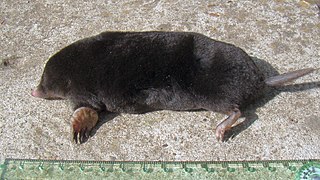
The Caucasian mole is a mammal in the family Talpidae that is endemic to the Caucasus Mountains of Russia and Georgia.

Knipowitschia caucasica, the Caucasian dwarf goby, is a species of goby native to marine, fresh and brackish waters along the coasts of the Black Sea, the Sea of Azov, the Caspian Sea and the Aegean Sea and to the Haliacmon drainage of Greece. It inhabits shallow waters with plentiful weed growth where it can find its prey consisting of small crustaceans, the larvae of chironomids and the larvae of the mussel Dreissena polymorpha. Spawning takes place after their first winter with the eggs being deposited onto the roof of a cavity formed by rocks, shells or plant materials. The male will remain to defend the eggs. This species can reach a length of 5 centimetres (2.0 in) TL

The Circumboreal Region in phytogeography is a floristic region within the Holarctic Kingdom in Eurasia and North America, as delineated by such geobotanists as Josias Braun-Blanquet and Armen Takhtajan.
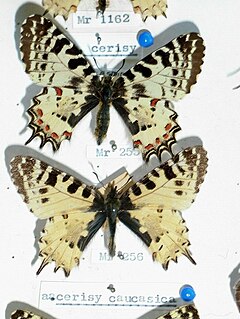
Allancastria caucasica, sometimes referred to as Zerynthia caucasica, is an Old World papilionid butterfly whose geographical range extends from the Black Sea and southern Russia to Georgia and northeast Turkey. It exhibits several geographical variants. Its natural habitat is temperate forests. It is threatened by habitat loss.

Tilia dasystyla is a deciduous lime tree species. It contains the following subspecies:
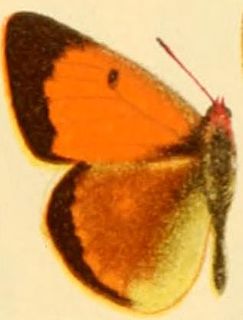
Colias caucasica balcanica is a butterfly in the family Pieridae. It is the European subspecies of Colias caucasica. It is found in Bosnia and Herzegovina, Bulgaria, Serbia, Montenegro, North Macedonia and Greece. It used to be considered a distinct species.

Colias caucasica, the Balkan clouded yellow, is a butterfly in the family Pieridae. It is found in the western Caucasus, in northeastern Turkey, and in the Balkan Peninsula.
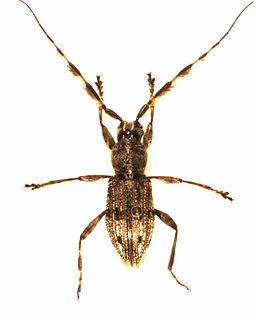
Parmenini is a tribe of longhorn beetles of the subfamily Lamiinae.

Arabis caucasica is a species of flowering plant in the mustard family (Brassicaceae) known by the common names garden arabis, mountain rock cress or Caucasian rockcress.

Iris caucasica is a species of plant in the genus Iris, it is also in the subgenus of Scorpiris. Pronounced as 'kaw-KAS-ee-kuh'.
Georgij Karlowich Kreyer was a Russian and Soviet botanist and mycologist (lichenologist) born in Saint Petersburg.
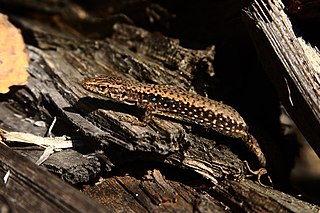
Darevskia caucasica is a lizard species in the genus Darevskia. It is found in Russia, Georgia and Azerbaijan.

Celtis caucasica, the Caucasian hackberry or Caucasian nettle tree, is a species of flowering plant in the family Cannabaceae. It is native to the Caucasus region, Central Asia, and on to the western Himalaya. Hardy to USDA zone 5b, it tolerates poor soils, drought, and nearby paving, and can be used as street tree. It is a nitrogen-fixer, in symbiosis with the mycorrhizal fungi Funneliformis mosseae and Rhizophagus intraradices.
















